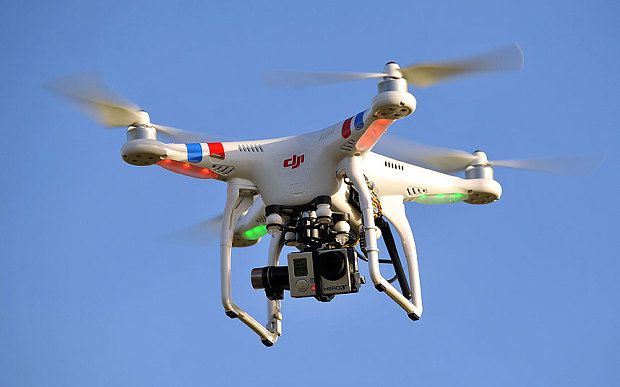When technology proliferates faster than consumer understanding, the gap of uncertainty opens the door for con artists. This is what is happening in the world of drones.
As drones for personal use become more and more common, misunderstandings of what is real tech and what is not puts consumers and investors at risk of being taken advantage of, and puts individuals at risk of their fears being played on. Misunderstandings about what it takes to register a personal drone also leave consumers vulnerable to scam. Before you buy a drone for work or play, always consult the FAA website about registration and current drone technology.
When a new technology explodes in popularity before people understand the purchase and registration nuances, it becomes fertile ground for con artists to capitalize on misinformation and misunderstanding. As drones become easier to buy, and available to both professionals, hobbyists, and people who just want what the military calls a miniature quadcoptor, scammers are picking up on this new trend to – you guessed it – get your money.
Drone tech for the public is relatively new, so it is easier for con artists to sell fake drones on the internet based on drone concepts. In fact, there have been countless reports of fake devices based on the drone concept. A recent eBay scam alleged to sell drones with built-in cameras for $15 each, and several hundred of these non-existent drones sold in the span of just a few days. By the time the con was uncovered, it was too late. Crowdsource funding scams claiming to be raising money to develop new drone technology have also popped up, using mockups of captivating new drone technology to lure in drone enthusiasts.
Some of the drone scams are not even for money, but simply for spreading fear stemming from very real concerns about drone surveillance. Recently, a photo circulated of a mosquito-like drone allegedly developed by the U.S. military for secret activities and spying. While this technology does not exist, the photo is real. However, it does not depict an actual device in operation, rather just a concept photo. No need to fear that the mosquito buzzing in your ear has more on its mind than a bite…not just yet.
Recently the FAA has stepped up to impose regulations on privately owned drones. With drones flying all over the place – with attached cameras – privacy quickly becomes an issue, as do the practicalities of hoards of unregulated machines flying around in the air.
Soon after the FAA started requiring drone owners register their new toys, websites offering to help drone owners register for an ample fee popped up to capitalize on people knowing they now have to register their drones, but not knowing the details of how. In reality, the process of registering a drone is very simple and takes less than five minutes. Drones under 250 grams do not need to be registered, and registering larger drones costs only $5.
In response to registration help scams, the FAA issued a warning to drone owners that they do not need help registering their drones and should not interact with these websites. As soon as this happened, registration help sites vanished and false registration sites started popping up in their place.
If you are a drone owner, the only place you should go to register your drone is https://registermyuas.faa.gov. If you have any questions regarding drone registration, visit https://www.faa.gov/uas/registration/faqs.

